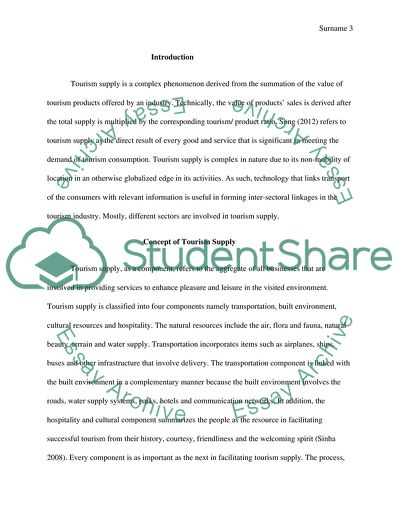Cite this document
(The Concept of Tourism Supply Essay Example | Topics and Well Written Essays - 1500 words, n.d.)
The Concept of Tourism Supply Essay Example | Topics and Well Written Essays - 1500 words. https://studentshare.org/tourism/1857796-understanding-tourism-supply
The Concept of Tourism Supply Essay Example | Topics and Well Written Essays - 1500 words. https://studentshare.org/tourism/1857796-understanding-tourism-supply
(The Concept of Tourism Supply Essay Example | Topics and Well Written Essays - 1500 Words)
The Concept of Tourism Supply Essay Example | Topics and Well Written Essays - 1500 Words. https://studentshare.org/tourism/1857796-understanding-tourism-supply.
The Concept of Tourism Supply Essay Example | Topics and Well Written Essays - 1500 Words. https://studentshare.org/tourism/1857796-understanding-tourism-supply.
“The Concept of Tourism Supply Essay Example | Topics and Well Written Essays - 1500 Words”. https://studentshare.org/tourism/1857796-understanding-tourism-supply.


